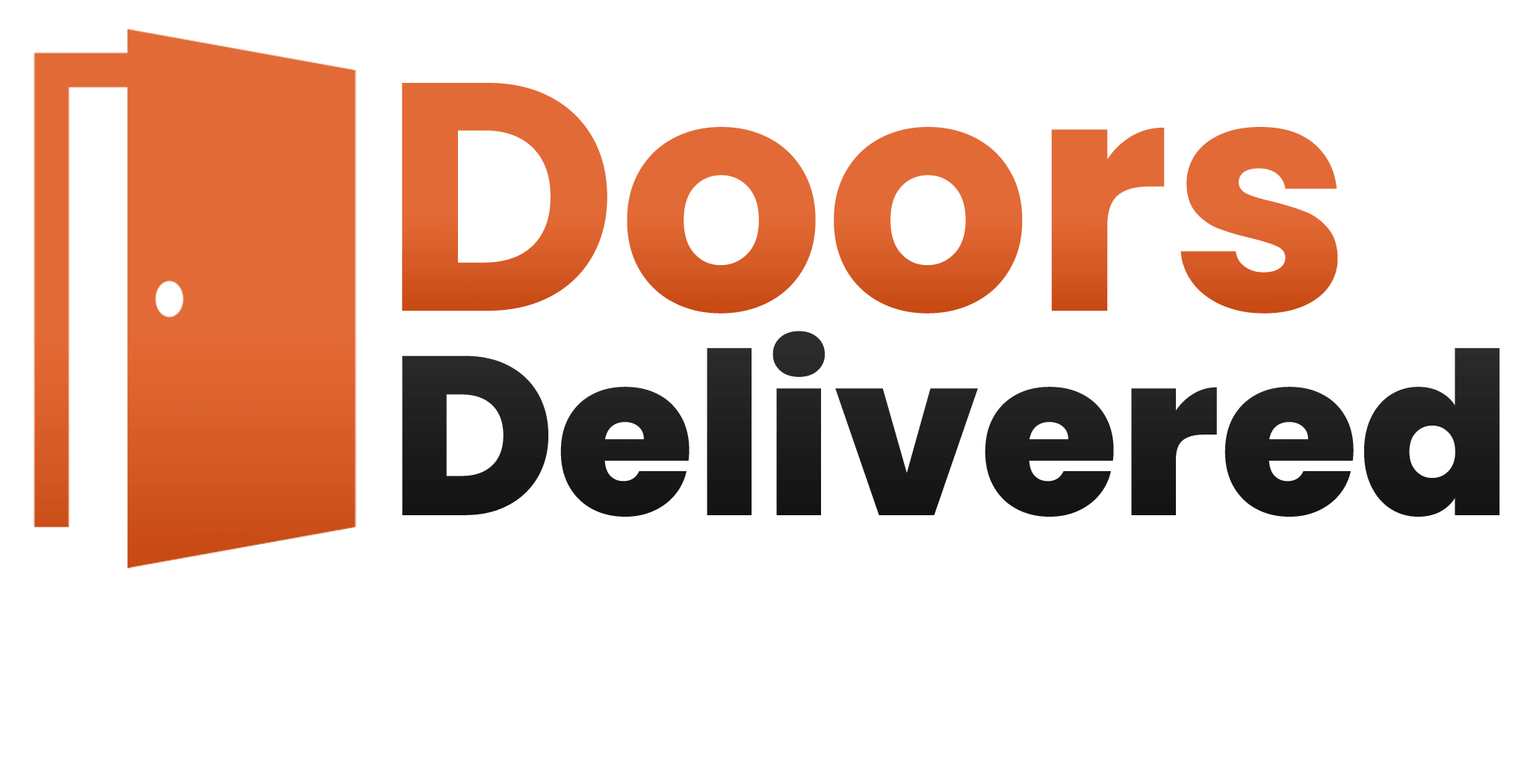Staying comfortable indoors throughout the year can get a bit expensive. With the stifling summer now just a mere memory and the oncoming chill of winter slowly creeping in, the heating and cooling costs start to add up. But there are ways to keep your energy bills down without compromising comfort.
Metropolitan Heating and Cooling offers some practical, energy-efficient and user-friendly strategies to help you keep your heating and cooling expenses to a minimum. Whether you’re building a new home or simply improving your established property, these tips will help you save on your air conditioning bills while keeping a pleasant and comfortable indoor environment.
1. Insulation: The Foundation of Energy Efficiency
Want to maintain a comfortable indoor temperature at home without sacrificing energy efficiency? Insulation is your best friend. You’ll typically find it installed in the ceiling, walls and even the floors, working hard to keep you warm in winter and cool throughout the summer.
Australian homes use various types of insulation, all of which fall under two main categories – bulk, and reflective foil. Bulk insulation includes batts or blankets, boards and loose-fill options, and is regarded as the better of the two options. By insulating your home, you can maintain the comfort level you crave while saving up to 45% per year on your energy bills.
2. Adjust Your Thermostat Settings
One of the simplest ways to improve your energy consumption and cut down your heating and cooling spend is to adjust your thermostat settings. Here in Australia, you can stay comfortable without putting unnecessary strain on your air-con by setting the thermostat to 18-20°C in winter and 24-26°C in summer.
With a programmable thermostat and a smart home system, you can enjoy precision climate control that allows you to set temperatures based on your schedule. For example, you might set a lower temperature at night or when you’re out of the house can lead to significant savings over time. Simple and subtle thermostat adjustments can help you manage your comfort settings and energy bills all at once.
3. Regular Maintenance of Heating and Cooling Systems
If you want to make sure your heating and cooling continues to work at its best for as long as possible, it’s essential to keep it well-maintained. Regular servicing can prevent unexpected system malfunctions and resulting repair costs. There are simple tasks that you can do that will make a significant difference, including:
- Cleaning or replacing filters
- Checking for leaks
- Keeping your aircon vents clear
These tasks are things you can do without the need for a licensed technician. However, scheduling professional servicing at least once a year is the best way to identify more serious potential problems early and nip them in the bud. Before the over-the-top repair costs hit your household budget.
4. Seal and Draught-Proof Your Home
Another simple way to maximise energy efficiency and minimise home energy costs is to seal and draught-proof your home.
Weather conditions can often be extreme in Australia, meaning draughts and air leaks can dramatically affect your heating and cooling efforts. The first step is to identify common problem areas around your home, such as the doors, windows and any gaps around pipes. Close these gaps with door seals, weatherstripping or caulking and you’ll be able to stop unwanted air exchange.
Keeping your home properly sealed with all gaps filled will help you maintain a more consistent temperature indoors. This means you can rely less on your heater or air conditioner and keep more of your hard-earned in your own pocket.
5. Use Energy-Efficient HVAC Systems
We’ve talked a lot about how you use your heating, ventilation and air conditioning (HVAC) systems, but what about your choice of heating and cooling appliance?
Replacing or upgrading your HVAC appliances and systems to more energy-efficient models goes a long way towards affecting your in-home energy consumption. Appliances with higher Energy Star ratings are the way to go; they use less power to deliver the heating and cooling performance you need.
Modern systems, such as reverse cycle air conditioners and energy-efficient heaters, typically come with advanced features that optimise energy use. It certainly pays to shop around and do your research. You might find yourself paying more upfront to purchase and install the system, but the energy bill savings in the long term will likely make it worth your while.
Taking Control of Your Energy Costs
By implementing these top five strategies, you can take control of your heating and cooling expenses and create a more energy-efficient home.
Sufficient insulation, precise thermostat settings, regular servicing and maintenance, sealing and draught-proofing your home, and using energy-efficient appliances all contribute to significant cost savings and enhanced comfort. Start making these changes today, and enjoy a more sustainable and cost-effective approach to home heating and cooling.

